For shown situation, if collision between block A and B is perfectly elastic, then find the maximum energy stored in spring in joules.
 Solution in Gujrati
Solution in Gujrati
The correct Answer is:4J
At maximum compression of spring, velocities of block B and C are same (say v0 )
then by conservation of linear momentum 3(2)=(3+6)v0⇒v0=23m/s
At this instant energy stored in spring =12(3)(2)2−12(3+6)(23)2=6−2=4J
Topper's Solved these Questions
- CENTRE OF MASSBook:ALLEN Chapter:CENTRE OF MASSExercise:EXERCISE-I
Explore 40 Videos
- CENTRE OF MASSBook:ALLEN Chapter:CENTRE OF MASSExercise:EXERCISE-II
Explore 43 Videos
- BASIC MATHEMATICS USED IN PHYSICS &VECTORS Book:ALLEN Chapter:BASIC MATHEMATICS USED IN PHYSICS &VECTORS Exercise:EXERCISE-IV ASSERTION & REASON
Explore 11 Videos
- ELASTICITY, SURFACE TENSION AND FLUID MECHANICSBook:ALLEN Chapter:ELASTICITY, SURFACE TENSION AND FLUID MECHANICSExercise:Exercise 5 B (Integer Type Questions)
Explore 3 Videos
Similar Questions
The centre of mass of a non uniform rod of length L whoose mass per unit length varies as p=kx2/L, (where k is a constant and x is the distance measured form one end) is at the following distances from the same end
View SolutionTwo particle A and B start moving due to their mutual interaction only. If at any tiem 't', →aA and →aB are their respective accelerations, →vA and →vB are their respective velocities, and upto that time WA and WB are the work done on A and B respectively by the mutual force, mA and mB are their masses respectively, then which of the following is alwys correct.
View SolutionAssertion: If the initial and final positions coincide, the displacement is a null vector.
Reason: A physical quantity can not be called a vector, if its magnitude is zero.
View SolutionTwo soap bubbles A and B are kept in a closed chamber where the air is maintained at pressure 8N/m2.The radii of bubbles A and B are 2cm and 4cm, respectively. Surface tension of the soap-water used to make bubbles is 0.04N/m. Find tha ratio nB/nA, where nA and nB are the number of moles of air in bubbles A and B, respectively. [Neglect the effect of gravity.]
View SolutionFind the elastic potential energy stored in each spring shown in figure, when the block is in equilibrium. Also find the time period of vertical oscillation of the block.
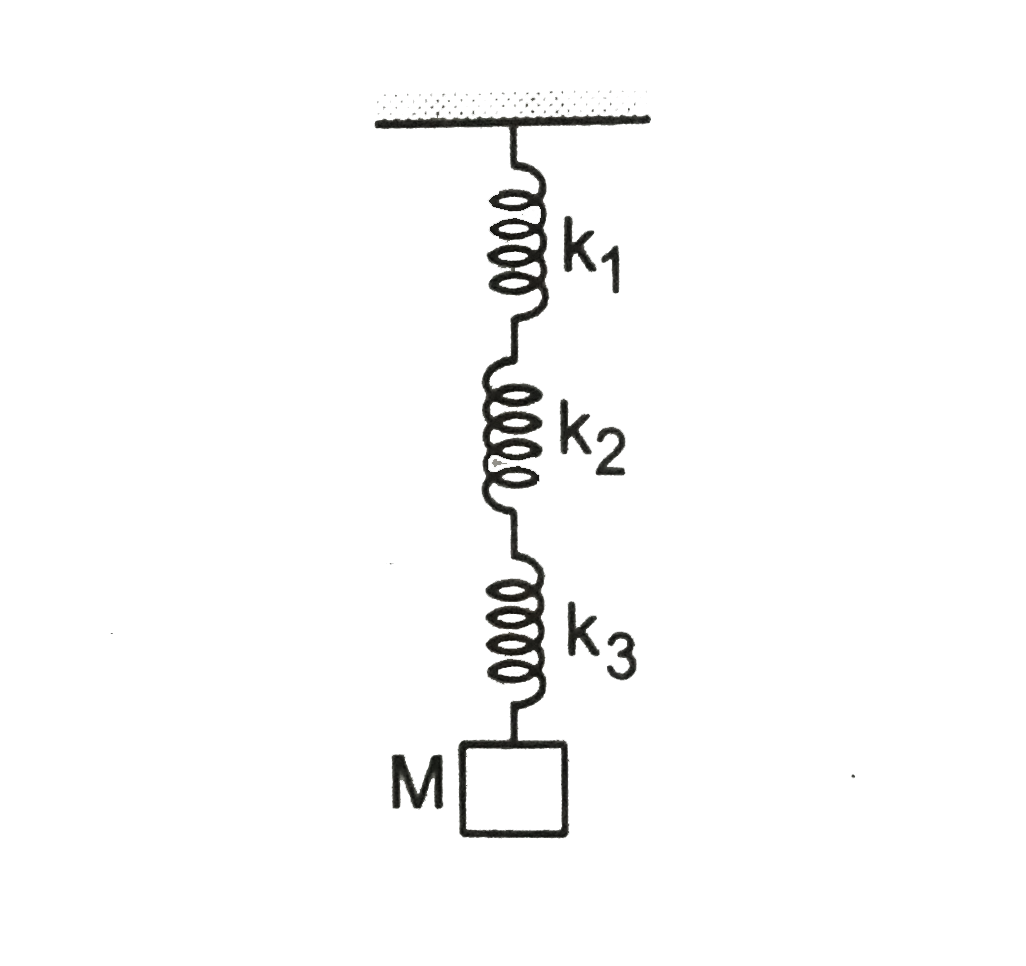
View SolutionThe friction coefficient between the horizontal surface and each of the block shown in the figure is 0.2 . The collision between the blocks is perfectly elastic. Find the separation between them when they come to rest. (Take g=10m//s^2 ).
View SolutionFind the maximum energy stored in the spring shown in figure, for which the block remains stationary on the rough horizontal surface.
View SolutionA block of mass m held touching the upper end of a light spring of force constant K as shown in figure. Find the maximum potential energy stored in the spring if the block is released suddenly on the spring.
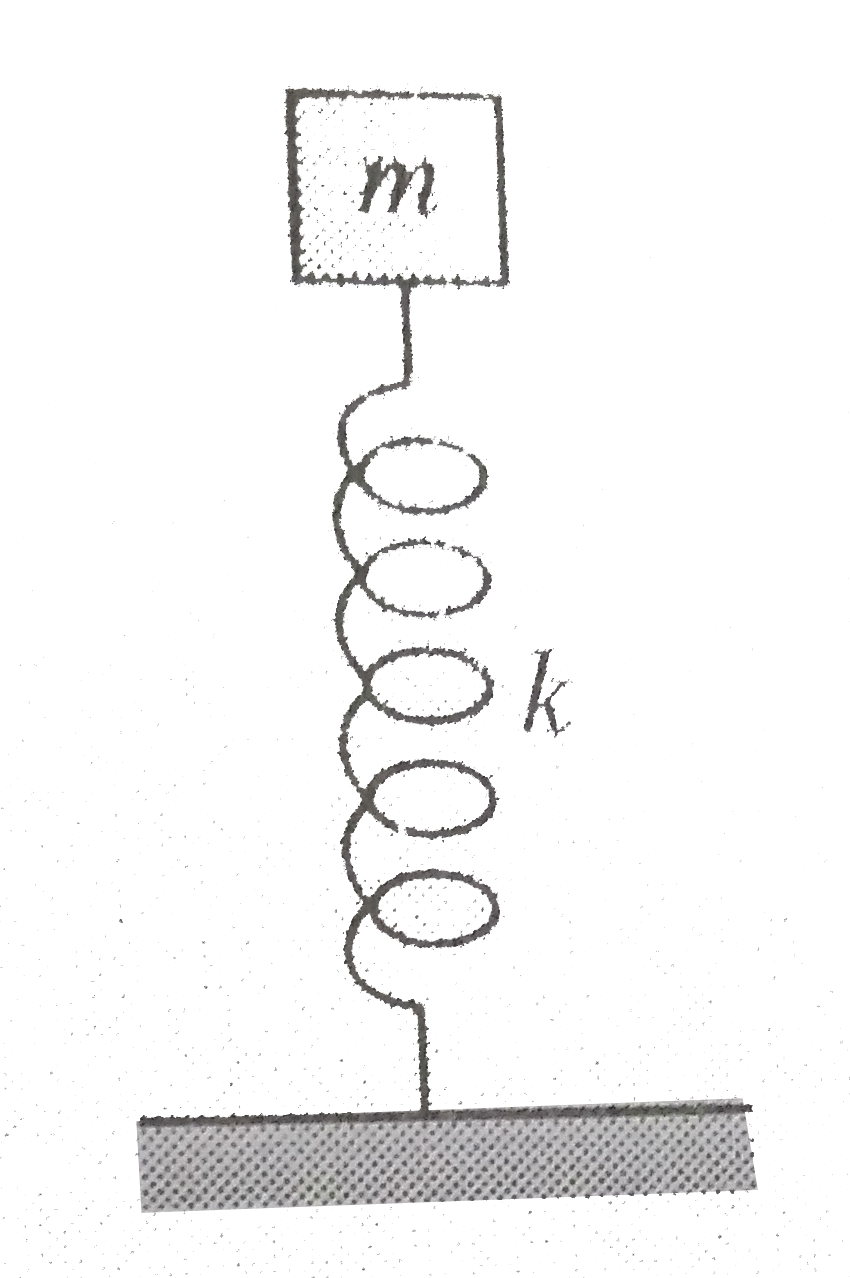
View SolutionFor shown situation find the maximum elongation in the spring. Neglect friction everywhere. Initiallthe blocks are at rest and spring is unstreched.
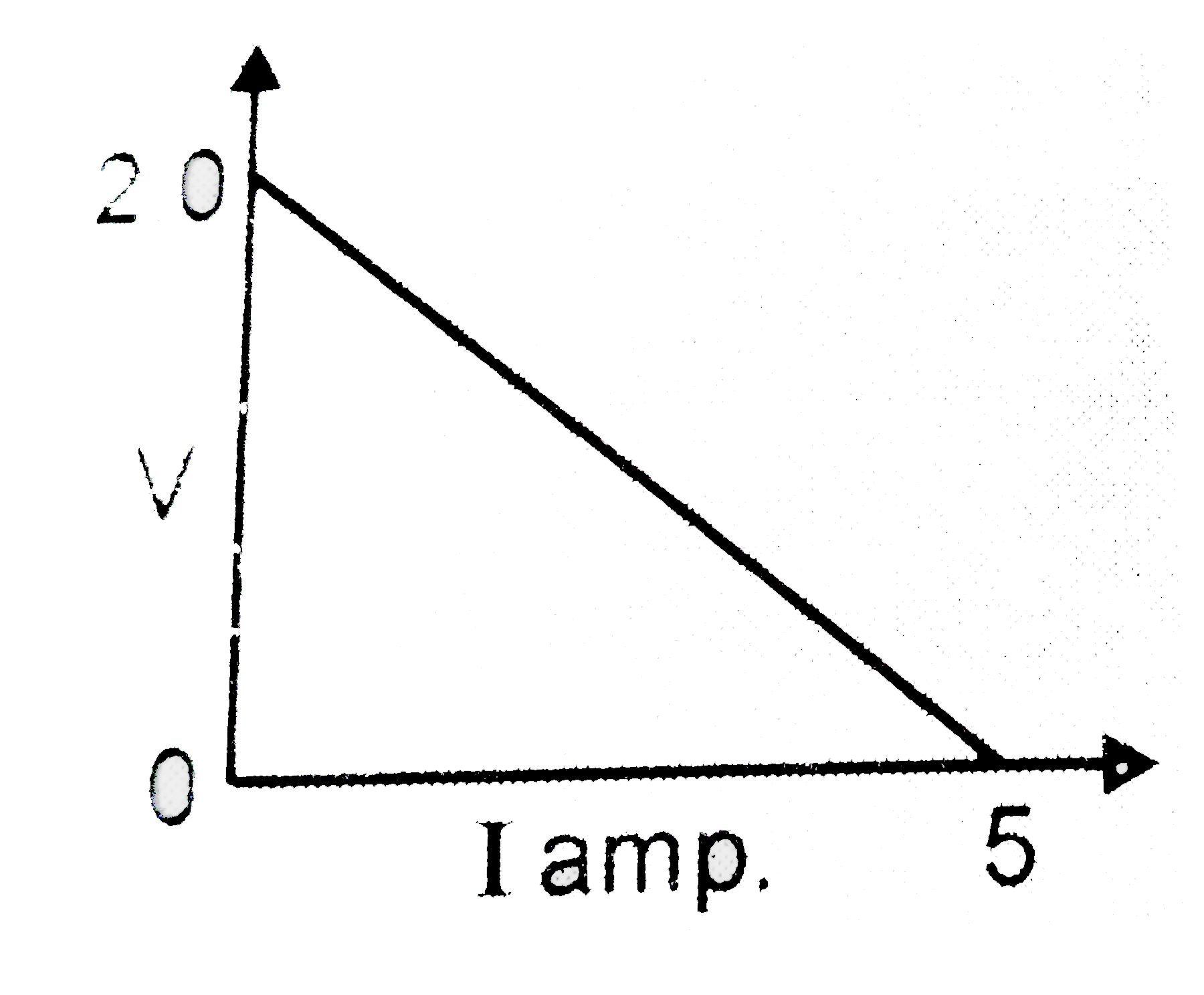
View SolutionA spring, placed horizontally on a rough surface is compressed by a block of mass m, placed on the same surface so as to store maximum energy in the spring. If the coefficient of friction between the block and the surface is mu , the potential energy stored in the spring is
View SolutionIn the situations shown in the figure surfaces are frictionless. Find the maximum extension of the springs if blocks are initially at rest and springs are initially in natural lengths.
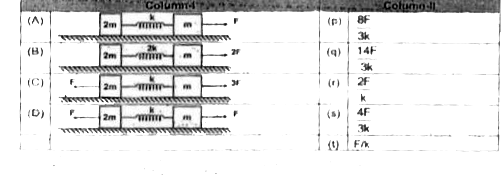
View SolutionIn perfectly elastic collision between two masses m_(1)and m_(2) in one dimension energy transfer is a maximum, when
View SolutionIn a perfectly elastic collision between two bodies
View SolutionFind the elastic potential energy stored in each spring shown in figure, when the block is in equilibrium. Also find the time period of vertical oscillation of the block.

View SolutionThe friction coefficient between the horizontal surface and each of the block shown in the figure is 0.2 . The collision between the blocks is perfectly elastic. Find the separation between them when they come to rest. (Take g=10m//s^2 ).
View SolutionFind the maximum energy stored in the spring shown in figure, for which the block remains stationary on the rough horizontal surface.
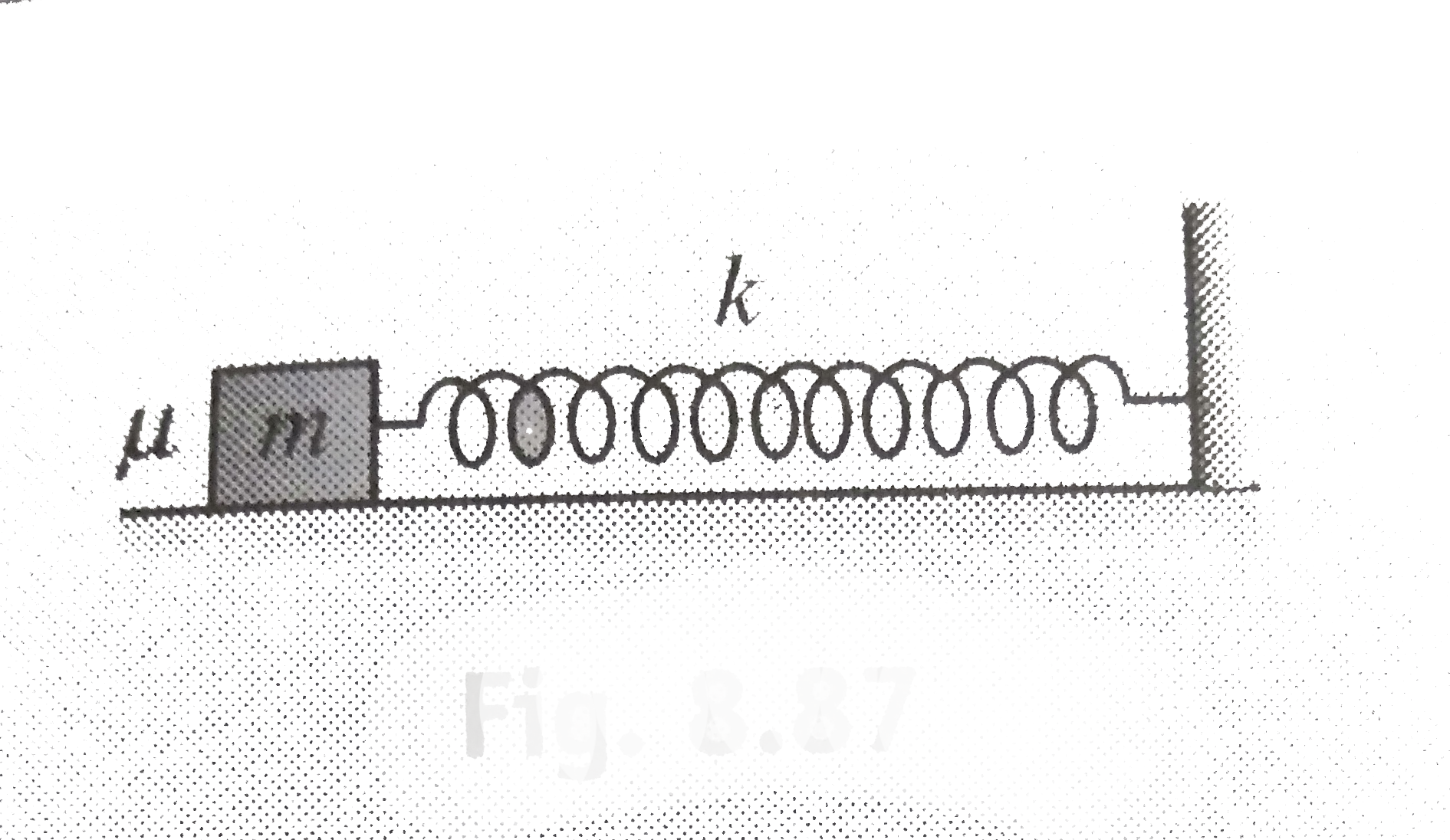
View Solution
